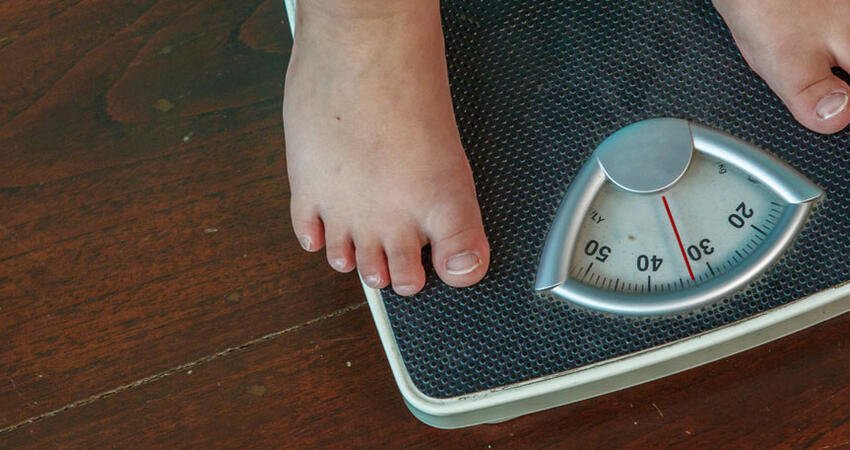
The Role of Residential Moves and Environment on Obesity Risk
- Title:
- The Role of Residential Moves and Environment on Obesity Risk
- Author:
-
Antwan Jones
- Source:
-
Health & Place
- Publication Date:
As obesity rates increase in the United States, how much does the local context matter? In a study published in Health & Place, Antwan Jones examines the relationship between childhood residential moves (mobility) and the risk of obesity, and whether differences between the residences or nearby amenities explain the findings if obesity risk is associated with childhood mobility. Jones uses data from waves 1 (1990) and 3 (1996) of the National Longitudinal Study of Adult Health paired with the Obesity and Neighborhood Environment database to assess the relationship between mobility and obesity risk. After ensuring that all cases had geocodes, height, and weight, Jones analyzed data on a nationally representative sample of 13,979 adolescents. Participants’ mean age was 16 in 1990 and 22 in 1996. Key study limitations include the lack of data on the length of stay in any neighborhood and a lack of data on physical activity resources at college campuses or workplaces that participants might access.
Key findings:
- Despite the theory that the stress of moving may increase obesity, people who moved had a lower risk of obesity; however, the neighborhoods to which respondents moved tended to have lower crime rates and more amenities than where they lived before.
- Respondents who moved at a younger age (wave 1) were more likely to be obese, suggesting the need for further exploration of the mobility-obesity connection.
- In wave 1, 10.6 percent of respondents were obese, according to the Centers for Disease Control and Prevention’s body mass index guidelines. In wave 3, 27.1 percent were obese.
- The sample contained respondents from different races (50.4 percent white, 22.5 percent black, 17 percent Hispanic, 7.1 percent Asian, and 2.9 percent other) and was almost equal in gender classification (49.5 percent male). The likelihood of obesity in black adolescents was 22 percent higher than in white adolescents, and males had 70 percent higher odds than females.


